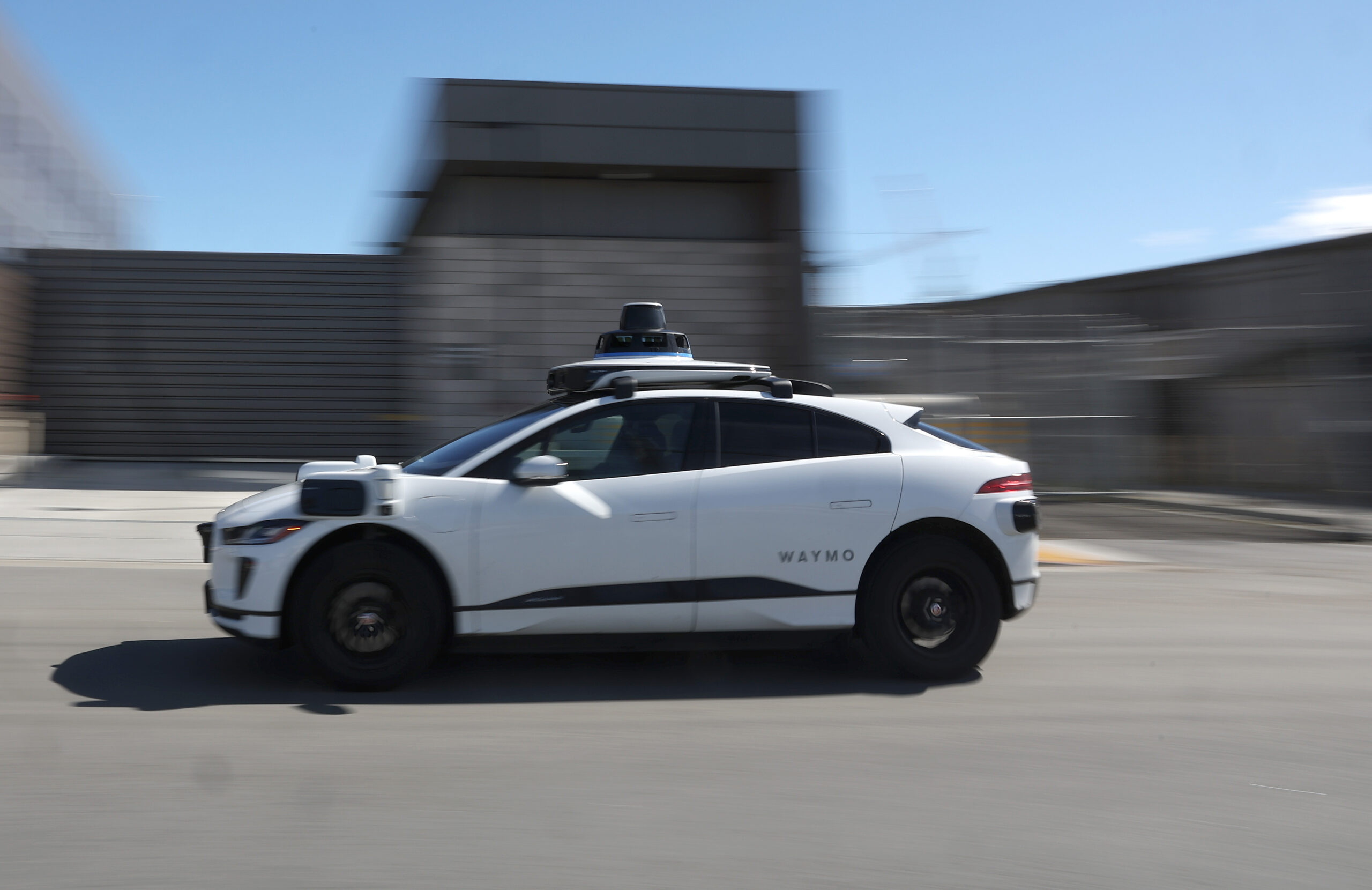Most signs are pointing to Cruise and Waymo rolling to a relatively smooth approval by the California Public Utilities Commission to operate their robotaxis 24 hours a day in San Francisco.
But that doesn’t mean city officials are going to roll over. New comments filed Wednesday by the city attorney and local transit and planning officials push back on Waymo’s deployment effort and show San Francisco leaders are still making their opposition to further deployment of the robotaxis clear.
Draft resolutions released by the state utilities commission earlier this month batted away many of the concerns raised by San Francisco officials, who have cited issues including unplanned stops that obstructed traffic or interfered with public transit or emergency services. The utilities commission is slated to vote on whether to allow 24/7 robotaxi service in San Francisco on June 29.
According to the comment letter from SF officials, monthly reported incidents involving Waymo driverless operations have increased six-fold this year, including instances where they interfered with emergency services. According to data provided by the city, reported incidents involving driverless Waymo and Cruise vehicles more than tripled from 24 to 87 between January and April.
“Waymo driverless AVs have committed numerous violations that would preclude any teenager from getting a California Driver’s License,” San Francisco officials wrote. They listed intrusions by Waymo vehicles into crime scenes and construction zones, driverless cars blocking emergency vehicles and instances of vehicles parked at the curb being trapped by a shut down Waymo.
City officials are calling for the completion of an environmental review prior to widening deployment and making strong data reporting a prerequisite for approval.
“These letters are a standard part of the regulatory process, and we have long appreciated a healthy dialogue with city officials and government agencies in California," said a Waymo spokesperson in a statement. "We look forward to the continued partnership with public stakeholders."
Waymo is asking for its self-driving vehicles to be allowed to operate day or night across nearly the entirety of San Francisco at speeds up to 65 mph. Cruise is seeking many of the same geographic and operational expansions but only at speeds up to 35 mph.
City officials put forth a similar comment letter in response to Cruise's request for a wider deployment of its vehicles saying there were nearly two reported incidents a day involving the company's vehicles in March and April. A Cruise spokesperson said the company is proud of its safety record and touted letters sent in support of its application.
Robotaxis are mainly regulated at the state level. Cruise and Waymo have already received Department of Motor Vehicles approval for their operations and the utilities commission nod is the last major regulatory hurdle for the companies.
Using available data, San Francisco officials said they’ve come to the conclusion that automated driving is not yet safer than human driving and that an unlimited approval “abrogates Commission responsibility to protect public safety.”
Waymo disputed San Francisco’s characterization of its vehicles’ safety record and said it plans to continue to advocate for timely approval of its deployment.
New Rules on the Way
The sustained pushback from San Francisco officials has started to sway policymakers towards some more stringent rules.
According to a recent rule-making document from state utilities Commissioner Genevieve Shiroma, the nature of the technology demands a “proactive and flexible regulatory approach” that can evolve as self-driving cars are deployed in greater volume.
Shiroma echoed many of the concerns raised by San Francisco officials such as interference with public transit operations and instances where the vehicles impeded emergency responders. Because of those examples, Shiroma wants to expedite new data-reporting requirements for autonomous vehicles.
Those requirements could include publicly available reports on accidents within 10 days, monthly reporting around the number of trips and along with origins and destinations, data on the passengers carried, the number of unique vehicles operated and vehicle miles traveled.
State utilities commission officials also proposed additional reporting when the vehicles meet “minimal risk conditions” or when vehicles enter a shutdown state. These include the location of these shut downs, what led up to the situation, whether police get involved and response times to fix the issue.
State officials are also asking municipalities about potentially reporting relevant info like 911 calls or citations of robotaxis by law enforcement.
San Francisco officials are asking the state to hold off approving wider robotaxi deployment until new rule-making is completed.
“Ignoring Waymo’s true performance is unreasonable, unsupported by the evidence in the record, and constitutes an abuse of discretion,” San Francisco officials wrote.
